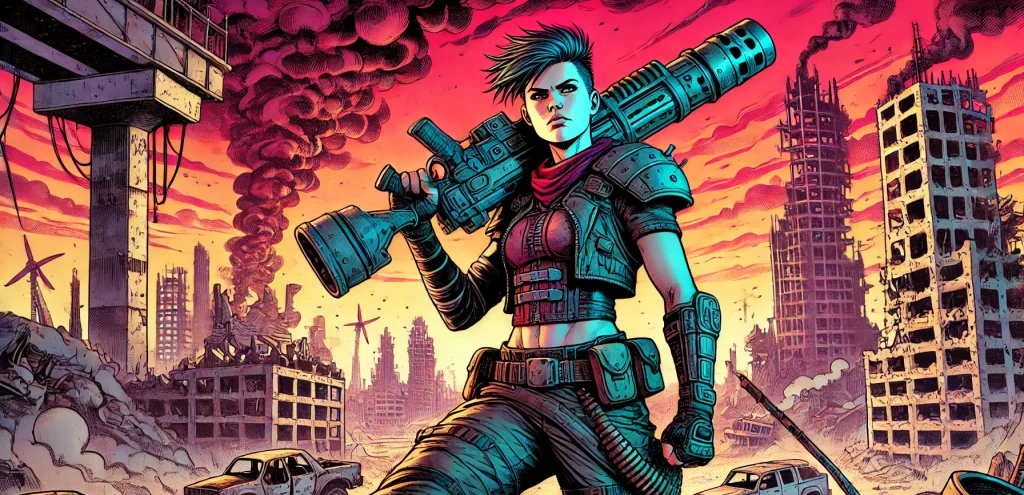Equipment is any item a character uses that alters their ability to perform tasks by modifying the game’s mechanics. Equipment can take many forms, from mundane tools and weapons to rare magical artifacts or advanced technological devices. What matters most is how the equipment influences gameplay. It could enhance a character’s skill roll, add additional damage to an attack, improve defense, adjust movement rates, increase power pool, or provide any other augmentation that affects the game mechanics.
When creating equipment, it’s essential to define both its effects and its limitations. For example, a metal breastplate might add +2 to a character’s active or passive defense rolls, making them more resilient in battle, while a shield could add an additional +2, but only when the player actively defends by spending an action. Similarly, a high-powered rifle scope might grant a +1 bonus to a sharpshooting skill, but only on the first attempt in a given round. Clearly outlining these mechanics and restrictions ensures that the item’s impact is understood and balanced within the game.
Equipment can also influence non-combat mechanics. A set of specialized climbing gear might grant a bonus to Physical Agility rolls when scaling difficult terrain, or a rare energy core could boost a cyborg’s power pool, increasing the number of powers they can use. Whether the equipment affects combat, exploration, or other gameplay elements, its effects should always be consistent with the story and setting. For example, in a fantasy world, a magical talisman might heal life points, while in a sci-fi campaign, an advanced medkit could provide the same effect with a different flavor.
Lastly, equipment should feel meaningful but not overpowered. Items that offer significant boosts should either come with trade-offs (like limited uses or specific conditions) or be difficult to acquire, preserving the balance of the game. Encouraging players to earn or discover powerful equipment through achievements or milestones can create memorable moments and increase the sense of progression in your campaign.
Example of Equipment Creation
GM: “Alright, the bazooka is a heavy, high-damage weapon. On a hit, it’ll deal 3d12 damage, with a 10-foot blast radius. Anyone caught in that radius will need to roll Physical Agility to avoid full damage, taking half on a success. The range is 100 feet for accuracy, but if they fire between 100 and 200 feet, they’ll take a -2 penalty to their attack. Reloading will take two actions, so it’s not something you can fire off repeatedly without a break. Ammunition is rare—rockets aren’t easy to come by in this world—and the bazooka is heavy, so any untrained user will roll attacks at a disadvantage due to its weight.”

